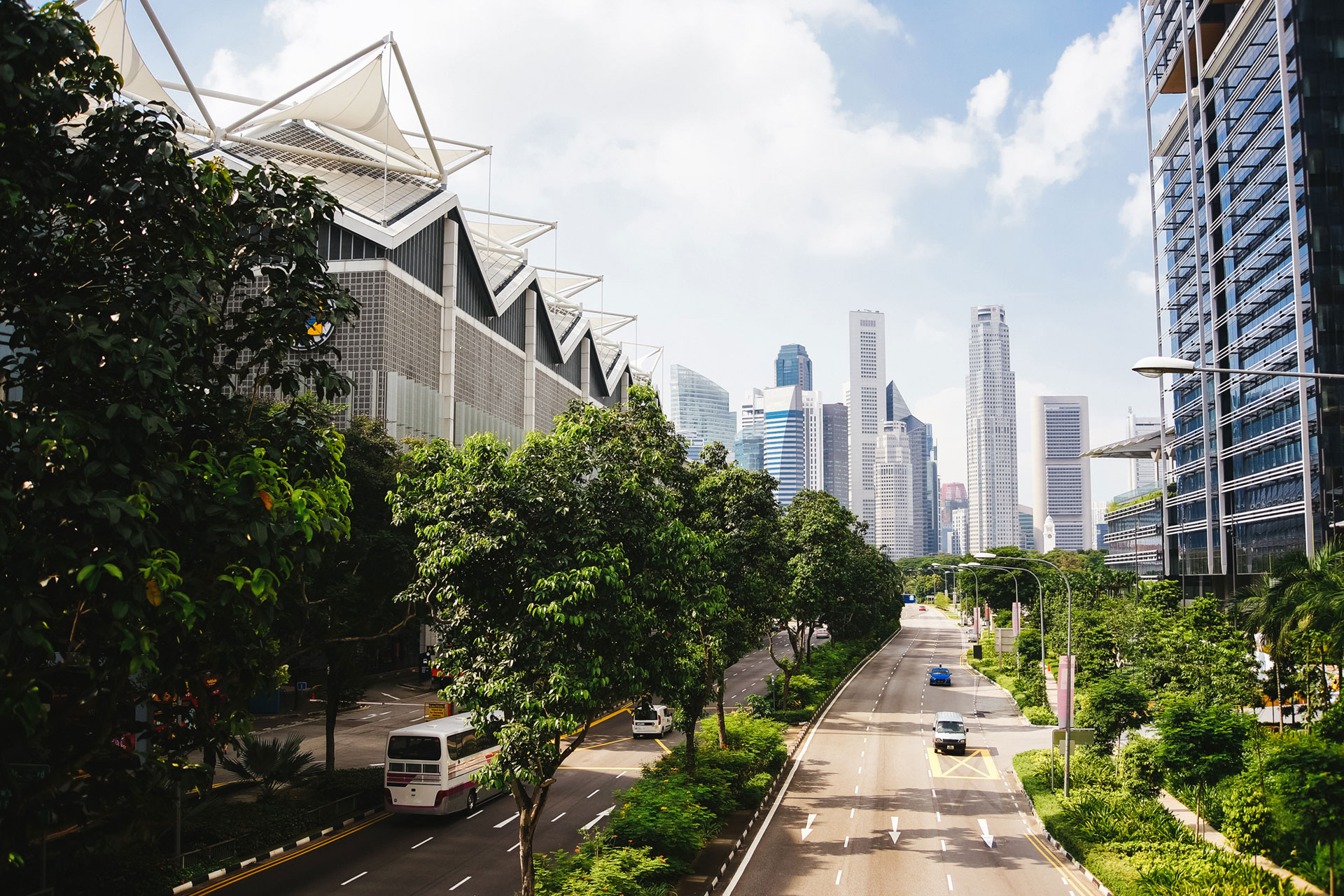How joined-up traffic management can help cities turn the tide on vehicle emissions

“The Paris Accord and the European Green Deal set ambitious targets for reducing emissions from road traffic – but most countries are way off track in terms of meeting them. This was the theme of our recent Kapsch TrafficCom webinar on sustainable mobility, which looks at how authorities and citizens can help to build a healthier future by reducing traffic congestion and its negative impacts,” says Steve Parsons, Head of Sales, UK & Ireland at Kapsch TrafficCom.
In our recent webinar on sustainable mobility, myself and my colleagues from Kapsch TrafficCom spoke about the pressing need for action on vehicle emissions.
Just to scope the challenge, the world’s urban population has grown from just 751 million people in 1950, to 4.2 billion by 2018. As a result, 239 cities have seen increased traffic congestion in the last 10 years, and – in the UK alone – these traffic jams cost the economy £6.9 billion in 2019.
But, tragically, the damage done by congestion isn’t just economic. Around 80% of all city dwellers now live in areas that fail to comply with WHO air quality standards. In a recent landmark case in the UK, air pollution was found to have contributed to the death of a 9-year-old girl in South London in 2013, putting unprecedented pressure on governments and city authorities to tackle illegal levels of air pollution.
One of the key questions we posed in our webinar was how legislators, transport agencies, and individual citizens can help to turn the tide, and create more sustainable mobility strategies.
Real change will take long term planning
One key theme of the webinar is how changing our mindsets and behaviours is key to protecting the environment for future generations. Of course, this will need long-term planning, with the aim of building out new public transport infrastructure and green services. But while governments and agencies have a critical role to play in this, we all need to change our mindsets and behaviours to minimize the environmental impact of every journey we make.
Technology can deliver emissions quick wins
While long-term planning is key, technology can also help the world’s gridlocked cities to improve traffic flow and achieve emissions quick wins. In particular, technologies now exist that can help city authorities, transport agencies, and highways agencies to sense traffic conditions in real time, allowing them to implement measures to reduce demand – such as dynamically increasing tolls or congestion charges, or controlling or preventing access for polluting vehicles.
Taking a joined-up approach to tackle emissions
A key focus of the webinar was how all this can be achieved with a more joined-up approach to Traffic Management. This is all about integrating traffic systems and data for a real-time view of congestion. This supports a far more effective, coordinated, timely response to traffic build up based on dynamic price increases, signaling optimisation, intelligent traffic routing, and a number of other co-ordinated measures.
Another major benefit of joined-up traffic management is the ability to influence drivers’ road-use behaviour. By communicating with motorists via electronic signage and mobile apps, for example, authorities can promote alternative, greener transport modes that may also be quicker or more cost effective for them.
Take the next step on your sustainability mobility journey
If you found this blog useful, we hope you’ll watch the full webinar [KS2] to find out more about the techniques and technologies that are supporting more sustainable mobility in our cities. We also showcase Kapsch TrafficCom’s portfolio of joined-up, end-to-end sustainable mobility solutions, which integrate traffic systems, partners, and real-time data to support effective, co-ordinated, real-time responses to congestion.
You can also discover how our solutions help you manage demand on your network by influencing drivers’ road-use behaviour, helping you achieve your congestion and air quality targets.
If you have specific questions about anything discussed here – or in the webinar itself – please contact us today.